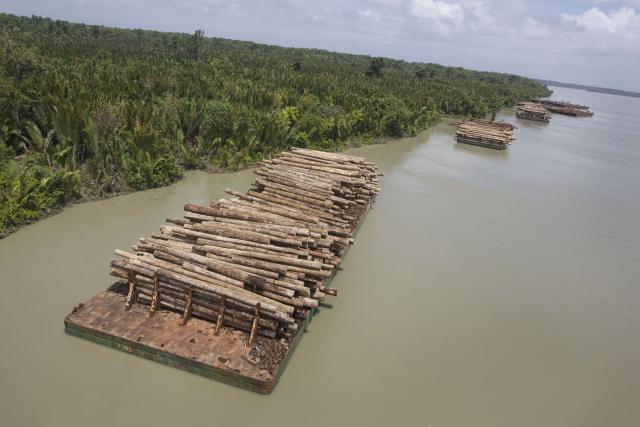For over a decade, data advocates have reserved one day out of the year to celebrate open data. Now, more than ever, the world has turned to open data to support in addressing the complex and unprecedented challenges of our times. The ongoing global pandemic, systemic racism and global poverty, are but a few of the global issues that require openness and transparency, if we want to eradicate them as the most pressing social, economic and political problems of our day.
Open Data Day, which took place on March 6th this year, is an annual celebration of open data all over the world. At the Land Portal, we believe that open data and access to information is key in achieving good land governance and securing land rights. We also believe that Open Data Day is an opportunity to show the benefits of open data. With this in mind, we decided to ask our Board Chair and Team Lead for Mapping, Statistics and Land Administration at ESRI, a few questions on the matter.
1. How do you see open and transparent systems contributing to improved land governance?
From a government perspective, opening access to public land data can help facilitate transparency, accountability, and public participation. Increasingly, governments are also recognizing how open data strategies can support innovation and generate economic value. According to a 2016 Gartner report titled, “Market Guide for Government and Open Data Management Platforms,” 80 percent of organizations will be incorporating open data sources into their analytic solutions by 2017. A further 15 percent of global organizations will be using linked data methods to create applications to generate alternative revenue streams.
When we specifically look at open data in the land sector, one question that arises is which data to share. In many countries, there may be legal or cultural restrictions on the level of personal data that can be released. As a result, most open data initiatives in the land sector have focused on publishing some combination of parcel and administrative boundaries, addresses, tenure type, parcel ID numbers, parcel size, property values, and land use. Although not complete, this information holds tremendous value for real estate professionals, utility companies, homeowners, planners, insurance companies, fire and emergency response, entrepreneurs, and citizens. The inability to easily access such information in many parts of the world increases risks and drives up costs for anyone trying to acquire, lease, develop, or service a property.
Initial fears over the loss of revenue from the provision of data have been replaced by the potential return on investment associated with improved data management. The cost savings from eliminating the workload associated with redundant requests from multiple government agencies, fulfilling data orders, and collecting and accounting for related fees is substantial. Governments also stand to gain from increased land market activity, tax collection and the broader economic development that can be spurred by making cadastral data more readily accessible. A 2016 study carried out by ConsultingWhere Ltd. examined the financial costs and benefits of address and street data for local authorities in England and Wales and found a net benefit of approximately £86m in savings between 2010-2015. These returns were largely driven by reduced data duplication, improved tax revenues, and route optimization in waste management. Similar studies in other geographies have found similar returns on investment.
2. Can you describe three reasons why open data is important to your work?
Through its work with governments across the globe, Esri has learned that providing access to data is only the first step in terms of supporting an open data initiative. Providing tools and applications for stakeholder use and analysis of data is part of the process of getting smarter about open data. It is not only about how much data is posted but which data sets are best, and which have value. In addition to prioritizing the data to release, it is also important to embrace the principles of F.A.I.R, which is making the data findable, accessible, interoperable, and reusable. Utilizing standards can help ensure an organization’s data can be enriched with other sets of information, which is where one derives valuable insights and knowledge on demand.
3. Can you describe the role of the Land Portal in making land data more open and transparent?
The Land Portal fills a critical gap in the information ecosystem for land by bringing together fragmented data collections and enriching content with metadata that complies with important open data standards and principles. The foundation also supports information providers in the land sector by helping them apply these same open data standards. This has allowed smaller and more local information providers to extend their voice and contribute to the broader information ecosystem alongside national and international institutions. It is also important to highlight that the Land Portal doesn't only bring together and publish data, but it helps cultivate discussion and debate around key issues, and supplies tools for the visualization and analysis of land governance information.

